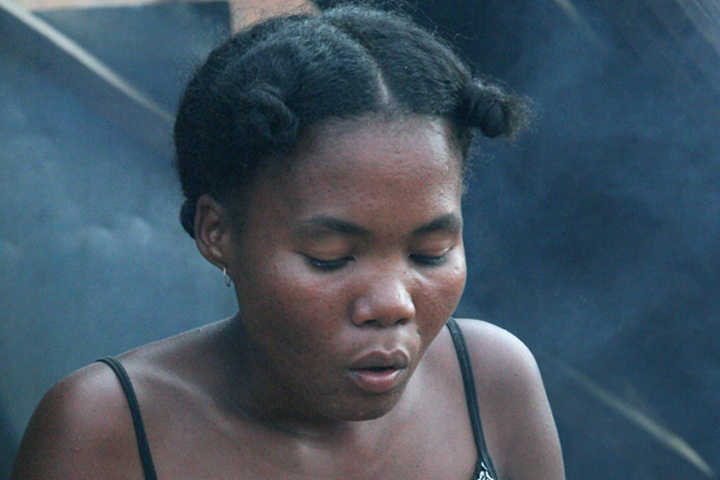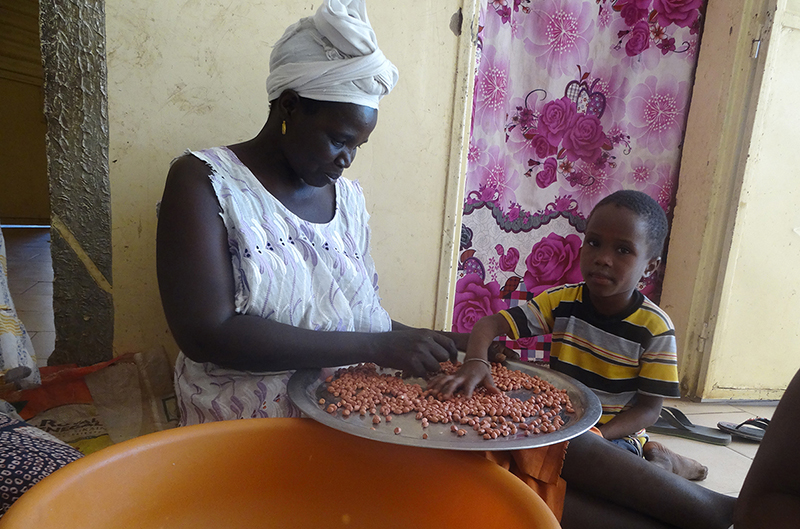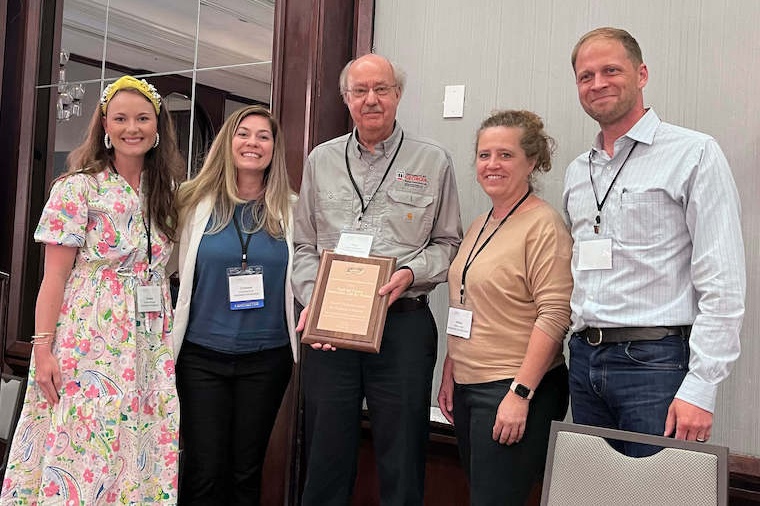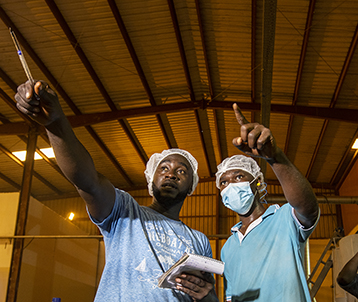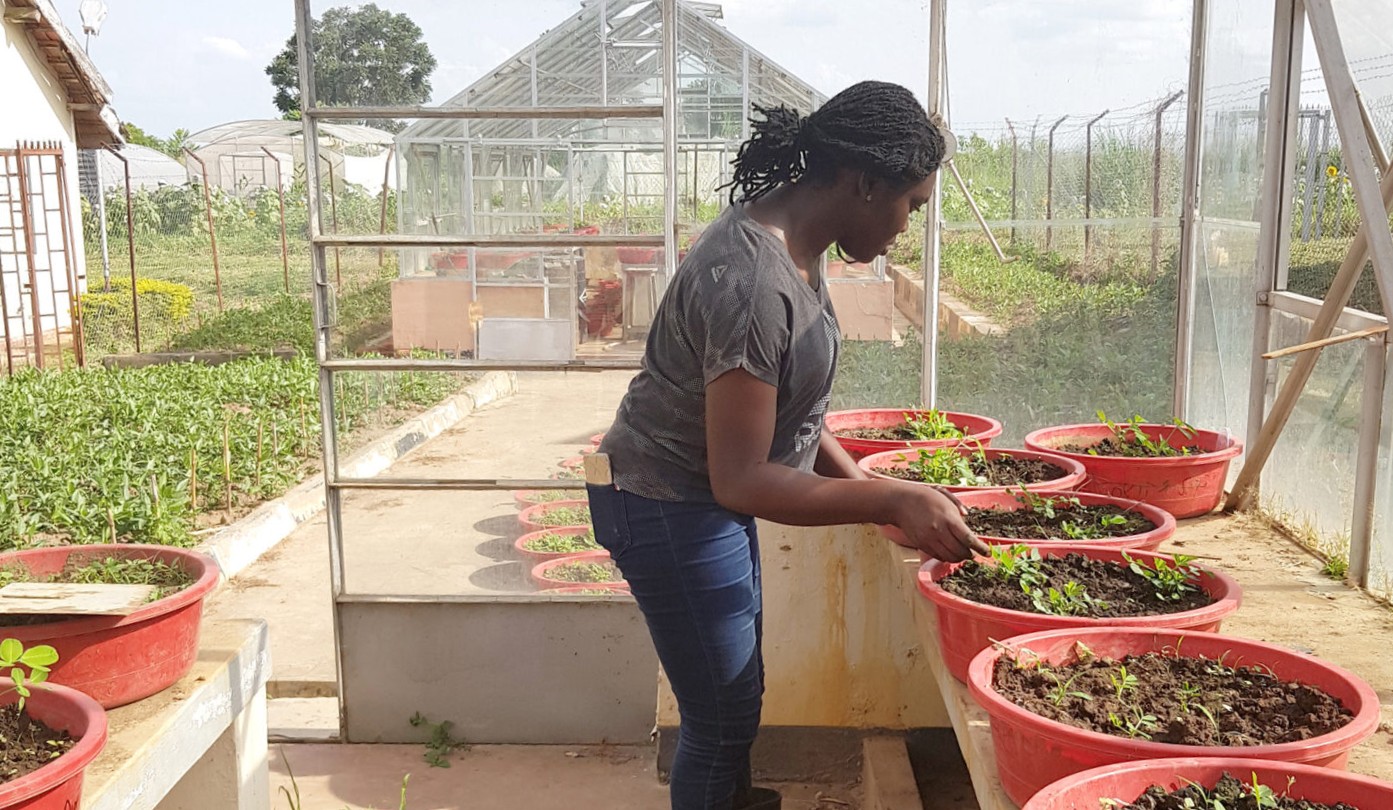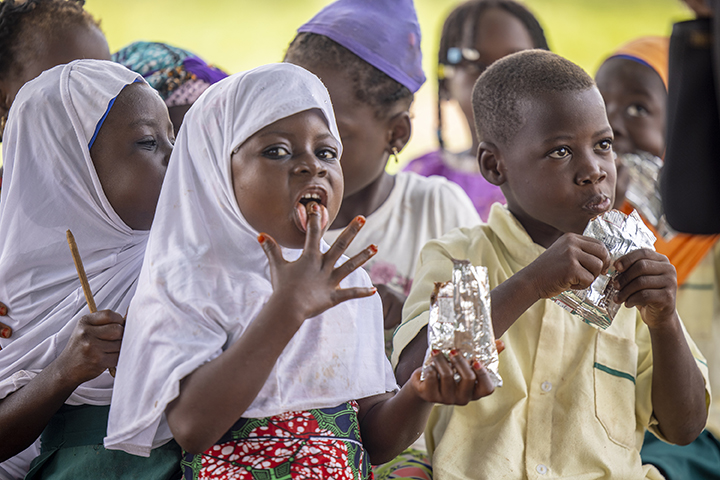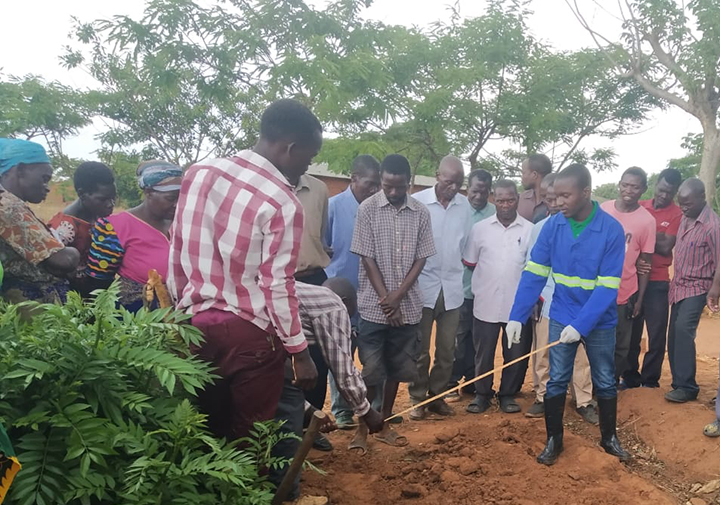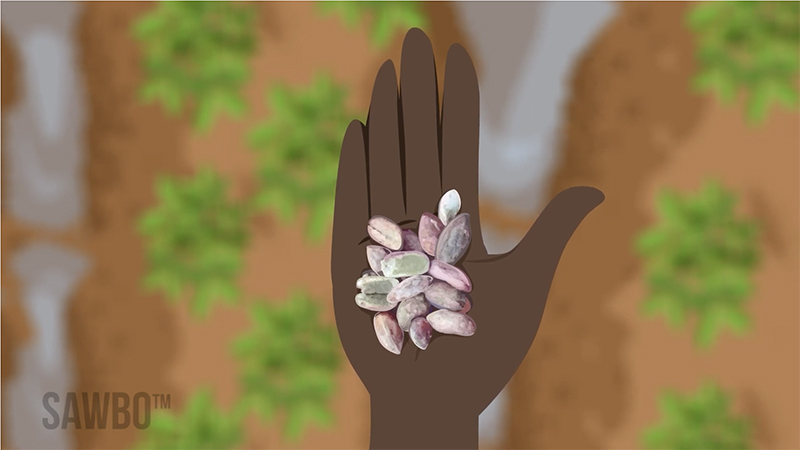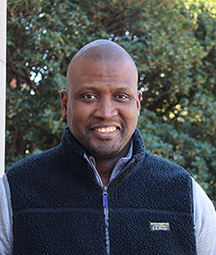 CAES News
CAES News
New project manager
Facing a great opportunity to improve food security, but a new geography and set of partners, the Peanut Innovation Lab Management Team has added a new member. As a project manager, Mamadou Thiam will focus on work in Madagascar, while also supporting other projects funded through the lab.

